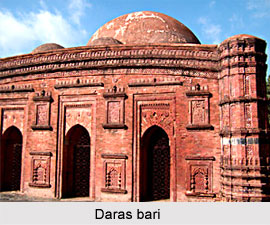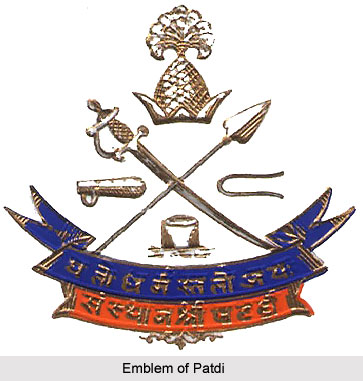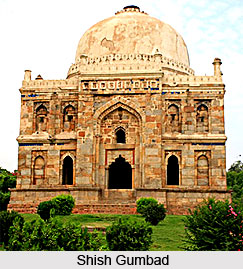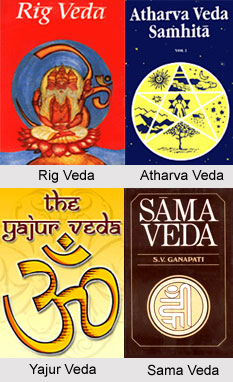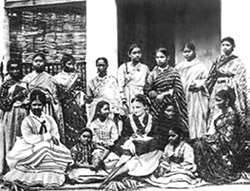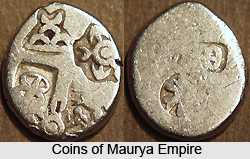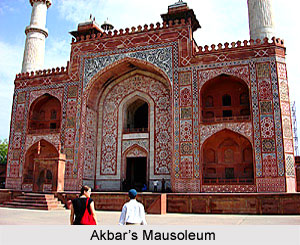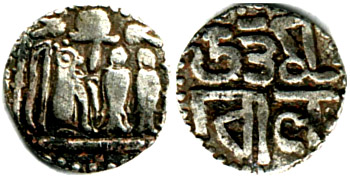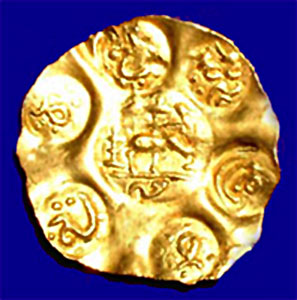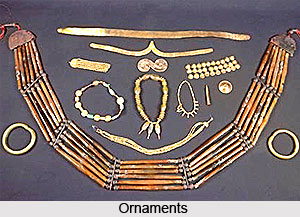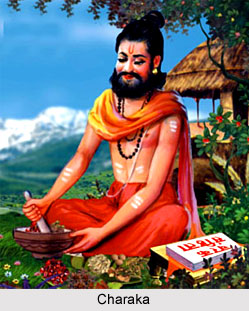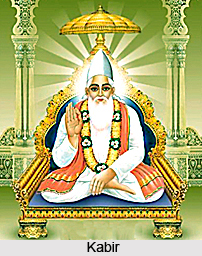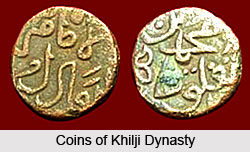 The Princely State of Rupal was one of the non salute states of India, which existed during the rule of the British Empire in India. During the early 19th century, the region was assigned as one of the princely states of India under the indirect rule of the British administration. The region was scattered over a total area of 16 sq miles and comprised of a total population of 4,515 in the year 1931. Rupal state included almost 11 villages and was located around 15 miles towards the eastern region of Himatnagar, which was the capital of the princely state of Idar. The taluka of Rupal comprised of 2 distinctive parts. The central block contained the village of Rupal. The region was bordered by the princely state of Idar in the north; by the territories of Idar and Mohanpur in the east; and by Mohanpur and British India in the west. The other smaller block was located almost 5 miles towards the north. This section was bounded by the princely state of Idar in the east and west; and by the remote islands of Mohanpur in the north and south.
The Princely State of Rupal was one of the non salute states of India, which existed during the rule of the British Empire in India. During the early 19th century, the region was assigned as one of the princely states of India under the indirect rule of the British administration. The region was scattered over a total area of 16 sq miles and comprised of a total population of 4,515 in the year 1931. Rupal state included almost 11 villages and was located around 15 miles towards the eastern region of Himatnagar, which was the capital of the princely state of Idar. The taluka of Rupal comprised of 2 distinctive parts. The central block contained the village of Rupal. The region was bordered by the princely state of Idar in the north; by the territories of Idar and Mohanpur in the east; and by Mohanpur and British India in the west. The other smaller block was located almost 5 miles towards the north. This section was bounded by the princely state of Idar in the east and west; and by the remote islands of Mohanpur in the north and south.
History of Princely State of Rupal
The Rehwar Parmar Rajputs of the Indra clan were the ruling family of the princely state of Rupal. The native rulers were descendants from the same ancestry as the Thakors of Mohanpur state. The rule of male primogeniture, by which the first born or eldest child of the same parents had the right, by law or custom, to inherit the entire estate of one or both parents, to the exclusion of all others, was followed in the succession of the throne or gadi of the princely state of Rupal. The native ruler of the princely state held the title of Thakor.
Administration of Princely State of Rupal
The princely state of Rupal was incorporated as a part of the Baroda Agency, which was a sub division of Western India States Agency. The territory later became a part of the Indian state of Gujarat. Rupal state was also under the administrative control of the Sabar Kantha Agency and the Sadra Division as well.
The Thakor of the princely state of Rupal exercised limited civil and criminal jurisdiction. He took charge of the administration of the state and supervised the internal issues of the region. The Resident of British India, also known as Political Agents of the British East India Company, managed the associations of the state with the British authorities and other princely states of India. The native ruler of Rupal state was ranked in the Fifth Class of Mahi Kantha rulers before the abolition of the class system in the year 1928. The Princely State of Wasna paid annual tribute to the princely state of Baroda, the princely state of Idar and the British administration. According to the Attachment Scheme of 1943, the princely state of Rupal was attached to the princely state of Idar.
Accession of Princely State of Rupal
The last native ruler of the princely state of Rupal acceded the territory to the newly independent Union of India after the political withdrawal of the British Government of India from the country on 15th August 1947. After the country was divided between India and Pakistan, the native rulers of the states were given the choice of acceding to either the Union of India or the Dominion of Pakistan. The Thakor of Rupal state decided to merge with the Republic of India. At present, the region is incorporated as a part of the Indian state in Gujarat state.


